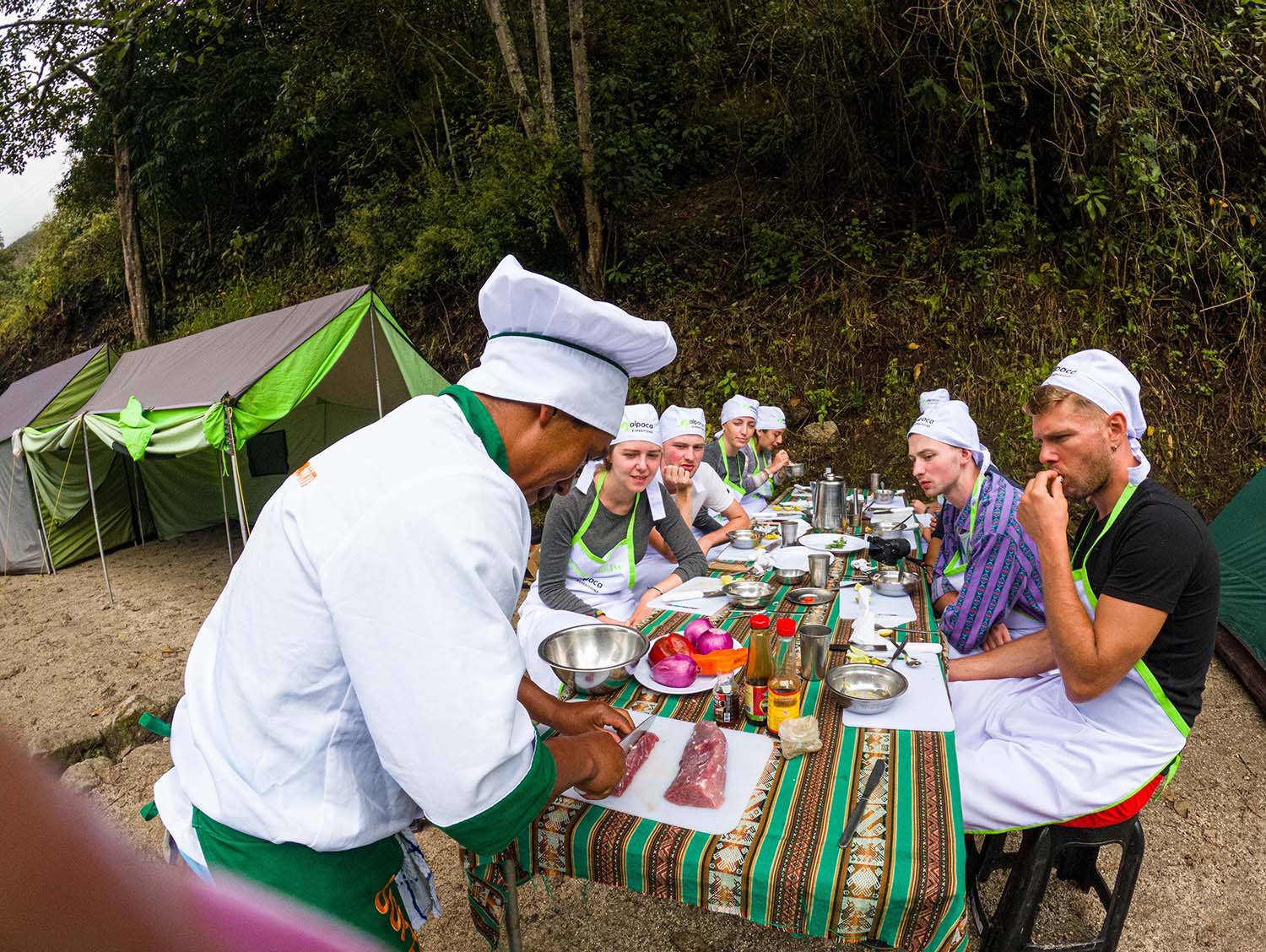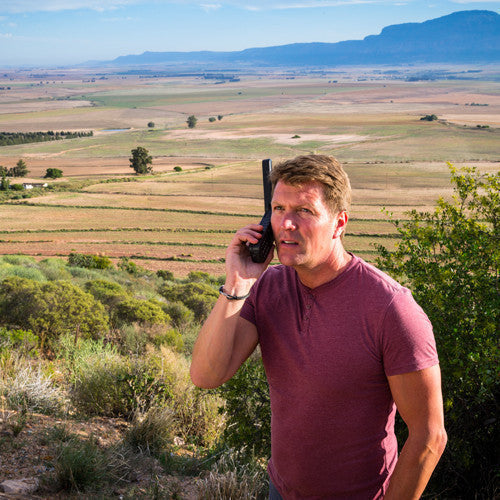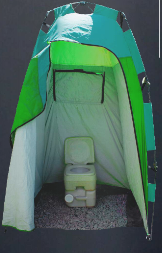Introduction to Hiking: What to Have in Your Bag!
In order to prepare for any trek to Machu Picchu, you need to practice. While there may be workout programs and training schedules to prepare your body, the best thing you can do is get outside and hike! Find a local trail near you and begin by taking walks with some friends. As you grow more accustomed to spending time on the trail and learn how quickly you can cover ground, you can increase the amount of time you spend out on the trail and hike further down each trail. The goal behind this hiking training is to work your way up to an overnight camping trip. While this may seem intimidating at first, you can cross that bridge later. For now, let’s focus on things you can control: What should you bring on your first few hikes?
During your practice hikes, if you want to park your car at the local national park for a few hours of hiking, you may not need to bring anything more than a bottle of water. However, if your hiking plans include anything more adventurous than a few miles down a marked trail, there are a few important items you will want to have with you in your bag.
- Water—Staying hydrated is important when you are physically activie. When your body is active, it loses water. At the very minimum, you need to carry enough water with you to replace what you lose through the day. A good rule of thumb is 2 cups of water for every hour you plan to spend on the trail. Keep in mind this number is different for everyone, and since water is the heaviest thing on this list you can feel comfortable bringing extra!
P.S. Make sure you are hydrated before you leave. It takes time for your body to absorb the water, and no amount of water can hydrate you during the hike if you are dehydrated when you begin.
- Extra socks/clothing—Wet clothes are extremely uncomfortable and given the right conditions, they can also be dangerous. Wet clothes can lead to hypothermia or pneumonia even in temperate weather as your body will lose heat faster than it can produce it. Whether your shirt or socks are soaked from sweat, rain, or an unfortunate misstep into a creek, it is important to bring along backups. The most essential backup clothing item is socks. When you hike you are on your feet a lot, and wet socks can not only lead to conditions such as hypothermia, they can tear your feet up. A blister, hotspot or loose skin can make the return to the trailhead miserable. Bring an extra pair of socks (preferably wool or an acrylic blend as these dry faster than cotton) along just in case.
- Rain gear—As covered in my previous bullet, staying dry will make your hiking experience much more comfortable. While rain can be predicted by keeping an eye on the weather forecast, it doesn’t hurt to have a plastic poncho or a rain jacket folded up in your bag. They are much lighter than that water you are bringing along! Being caught in a surprising spring shower in a cotton t-shirt will make hiking significantly less fun for you and your friends who brought a poncho and now have to listen to their damp friend complain during the return leg of your hike.
- Sun protection—When you are doing any activity outside you are exposed to UV radiation. Even if it is not hot outside or the sun is behind the clouds it is still possible to receive skin damage from UV radiation. It is important to address this while hiking. Sunscreen is a good place to start, but wide-brimmed hats, sunglasses, long pants, or even long-sleeved t-shirts if the weather permits are also good ways to keep your skin protected.
- A flashlight and extra batteries—If you will be hiking overnight, or towards sunset, a flashlight can be useful to make sure you don’t trip when taking an emergency pitstop off the trail. If you were to get lost, a flashlight can make you more visible at night. The extra batteries are important to ensure that your flashlight will work if you really needed it. A headlamp or hands-free flashlight is preferable to keep your hands free.
- A whistle—A whistle is an excellent communication device if you are lost or separated from your group. Yelling for help not only causes you to lose your voice, but it also dehydrates you. A whistle can be blown for long periods of time in order for your friends, guide, or the rescue team to find you.
- Bug repellant—Depending on where you are going to hike and during what season, bugs can be a major problem. Bringing some bug spray with you can prevent you from getting eaten alive by mosquitos during the summer. Remember to choose a repellant with a high DEET content. DEET stops bugs, and given the purpose of the repellant, this is what you want.
- Binoculars/monocular—This is a bonus item for the ornithologists (bird-watchers) and sightseers out there. Binoculars can help you get a better view of nature without scaring away the critters you want to observe. They can also give you a better peek at that town or clearing that might be visible from your summit.
This is a short list of some things that are always a good idea to bring with you on a hike. It is also important to remember to properly plan your hike. Plan your route and familiarize yourself with it, or bring along someone who is more familiar with the area than yourself like a more experienced hiker or a guide! When you are planning, be sure to let someone know where you plan to be hiking, describe your route, and what time you will return prior to heading out into the wilderness. Be safe and have fun!
Alpaca Expeditions Recognitions
ISO (International Organization for Standardization)
In the pursuit to stand out from the rest, Alpaca Expeditions has obtained four ISOs plus our carbon footprint certificate to date. These achievements result from our efforts to implement the internationally-recognized integrated management system. They also represent our commitment to all of our clients and staff of operating sustainability and responsibility in every way possible.




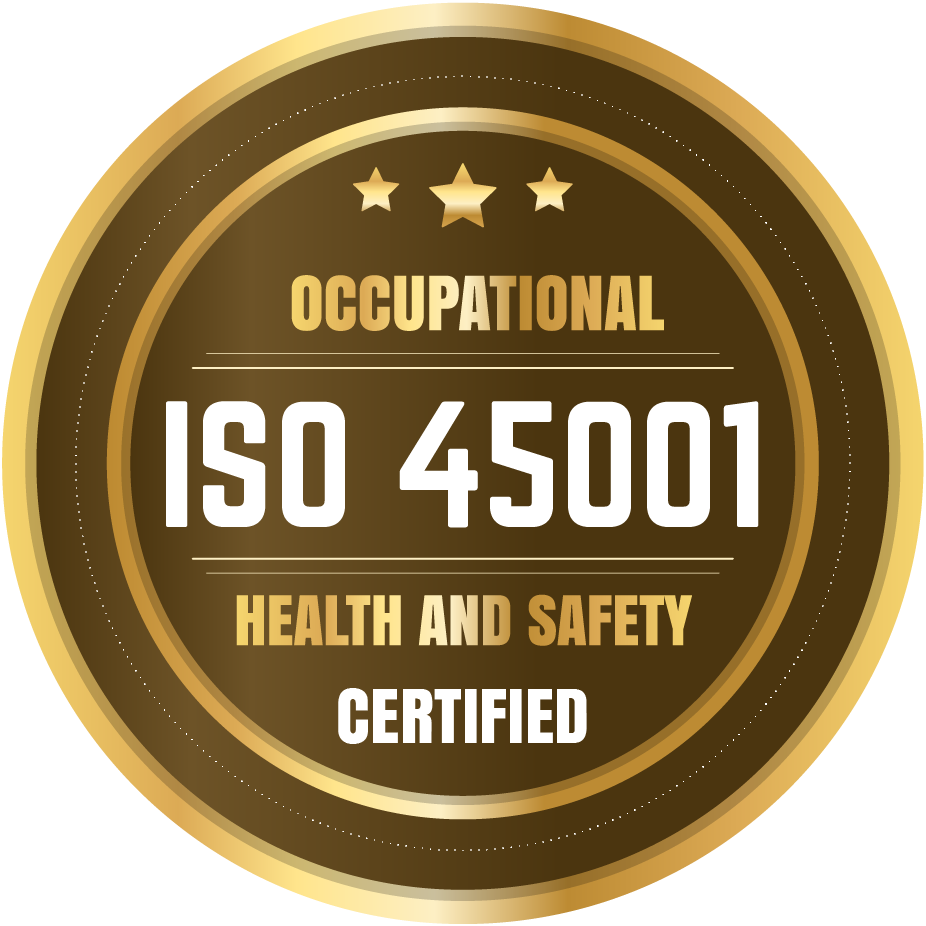





























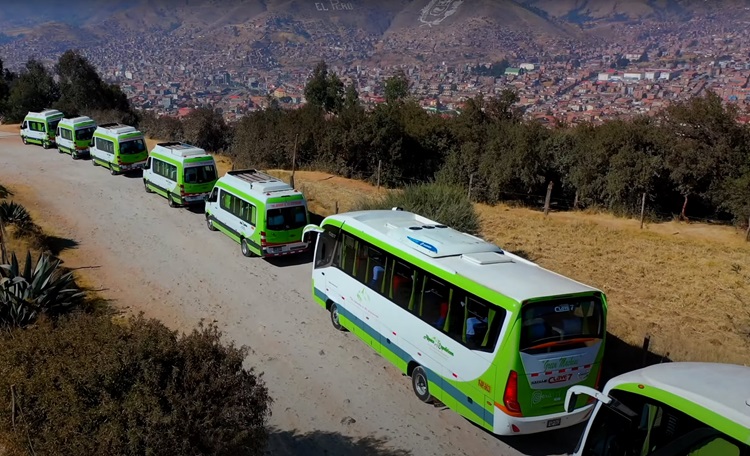
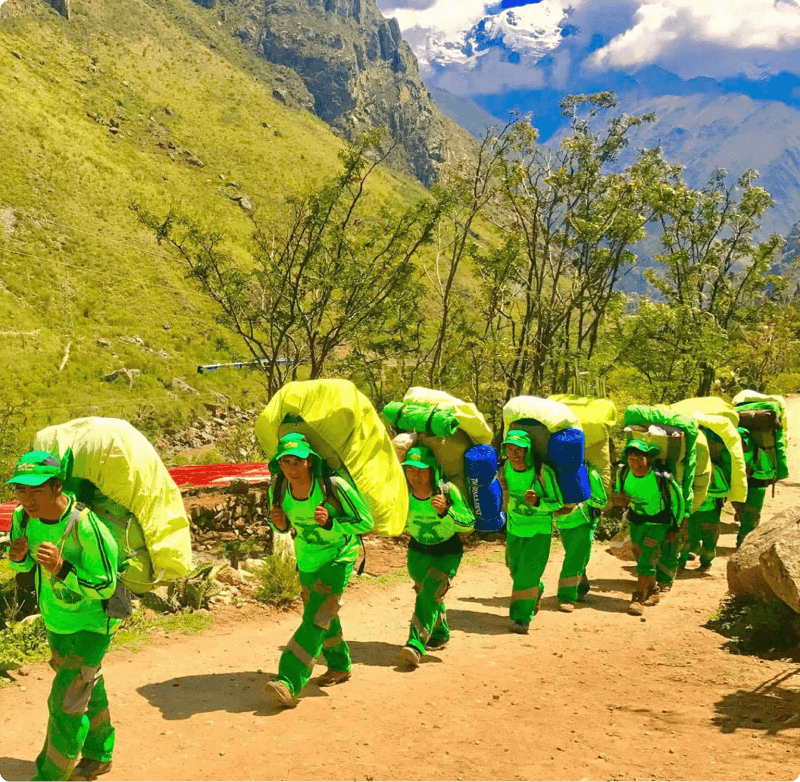 Porters will carry up to 7 kg of your personal items, which must include your sleeping bag and air mat (if you bring or rent one). From us, these two items weigh a combined total of 3.5 kg.
Porters will carry up to 7 kg of your personal items, which must include your sleeping bag and air mat (if you bring or rent one). From us, these two items weigh a combined total of 3.5 kg.